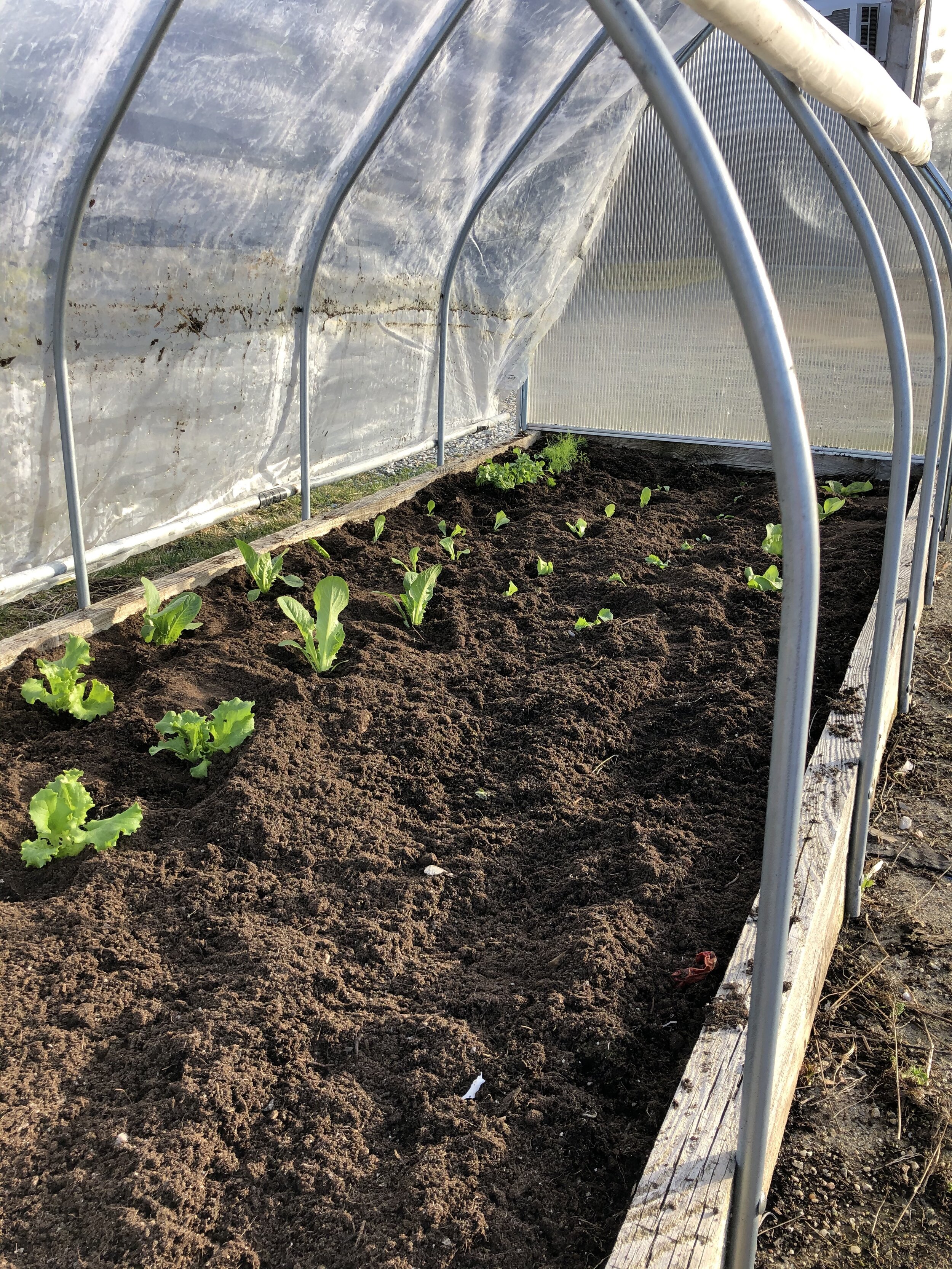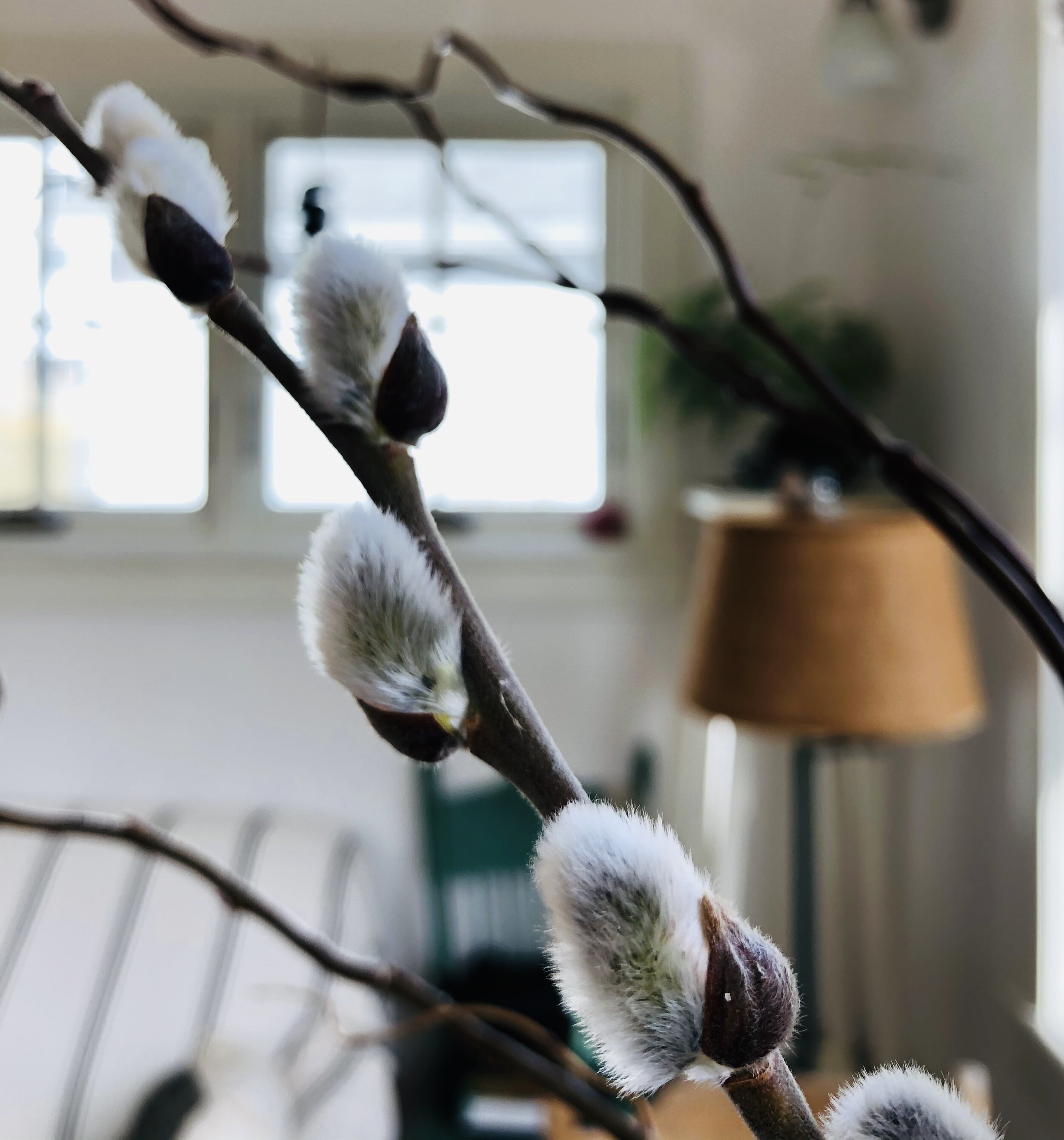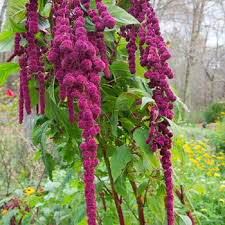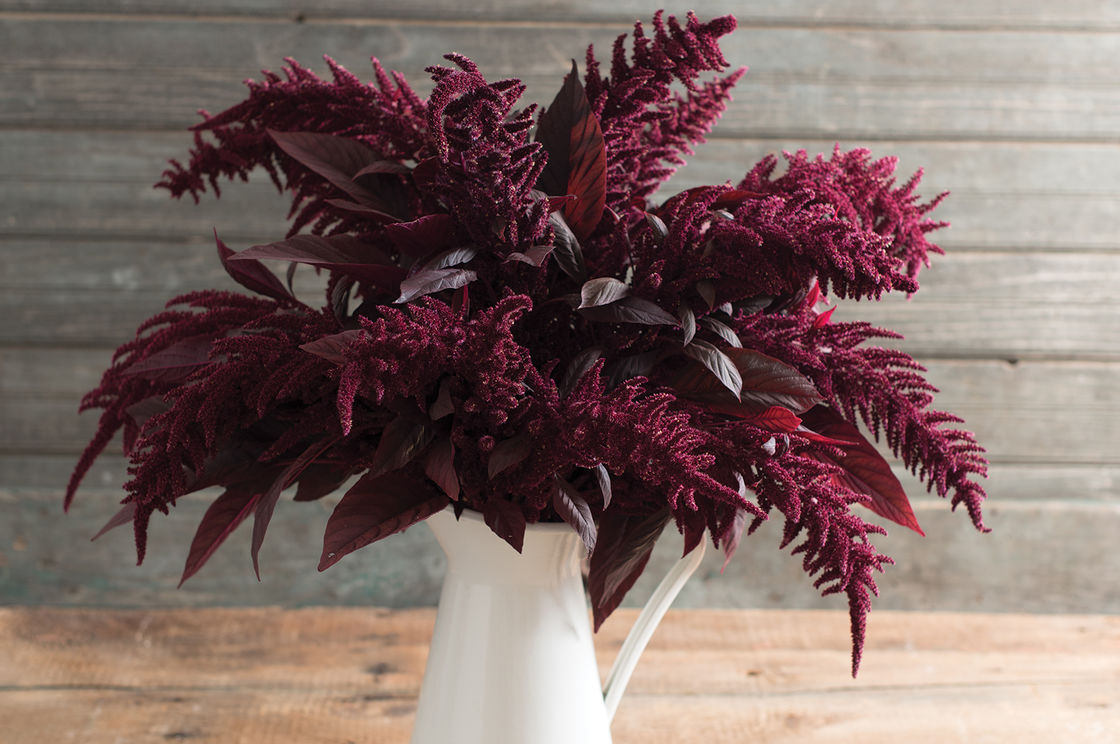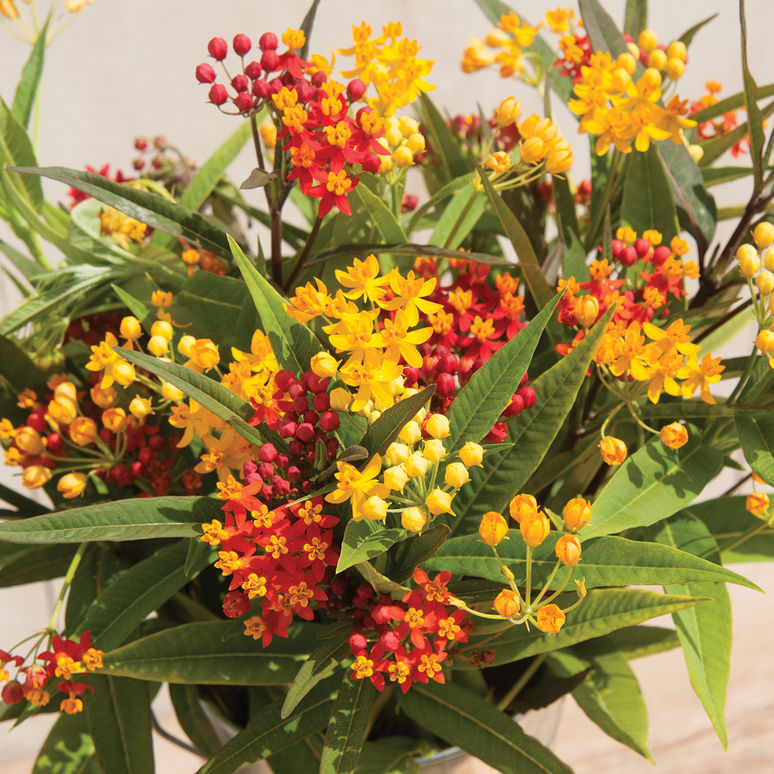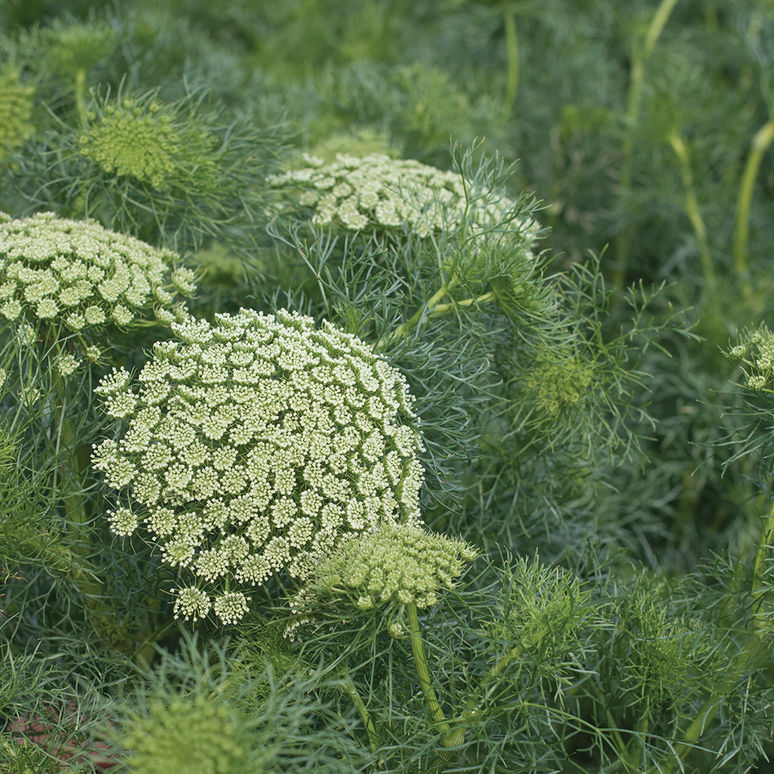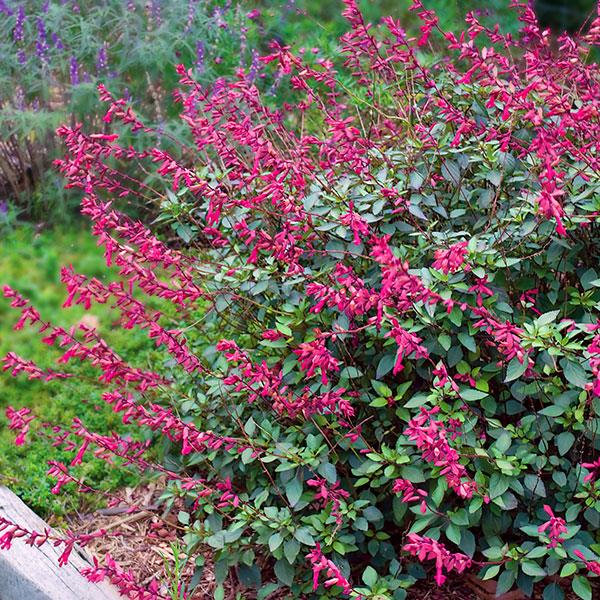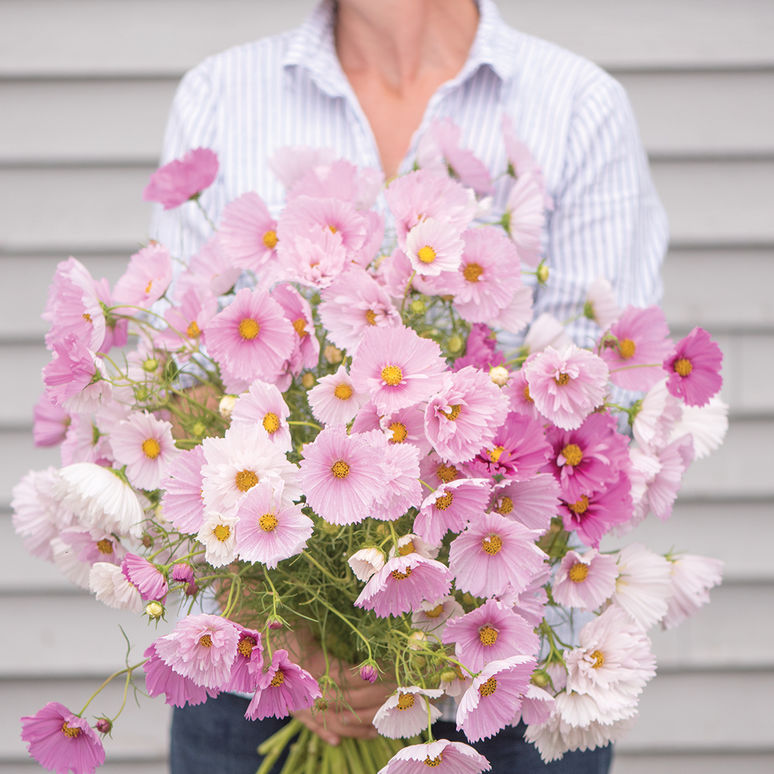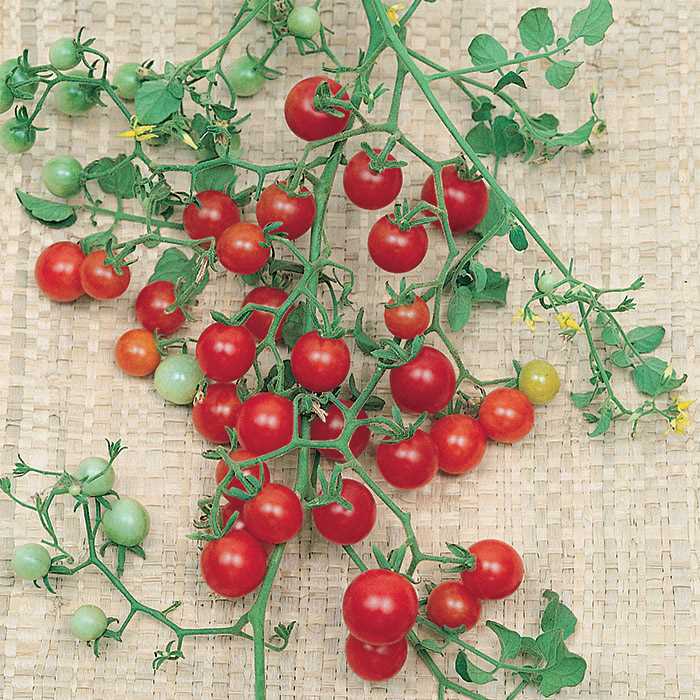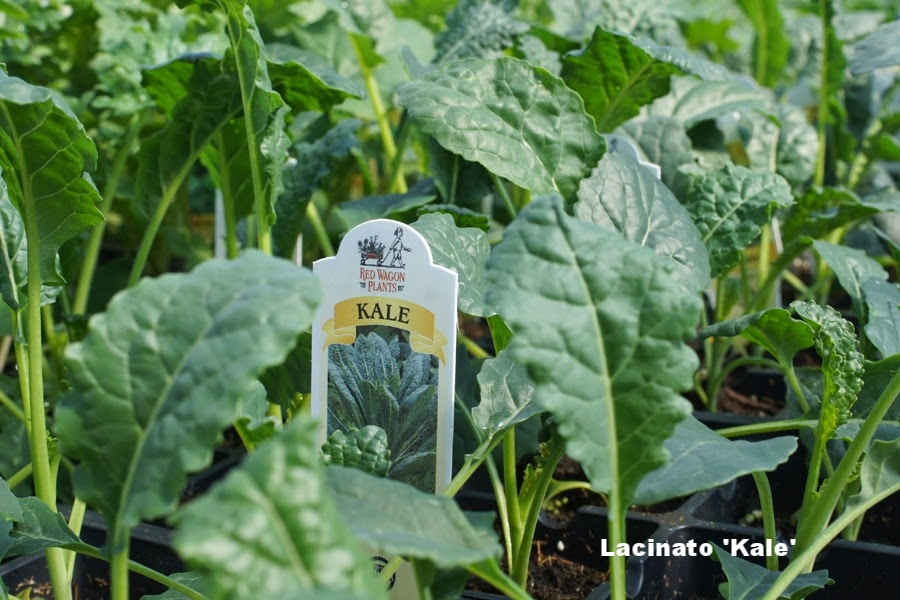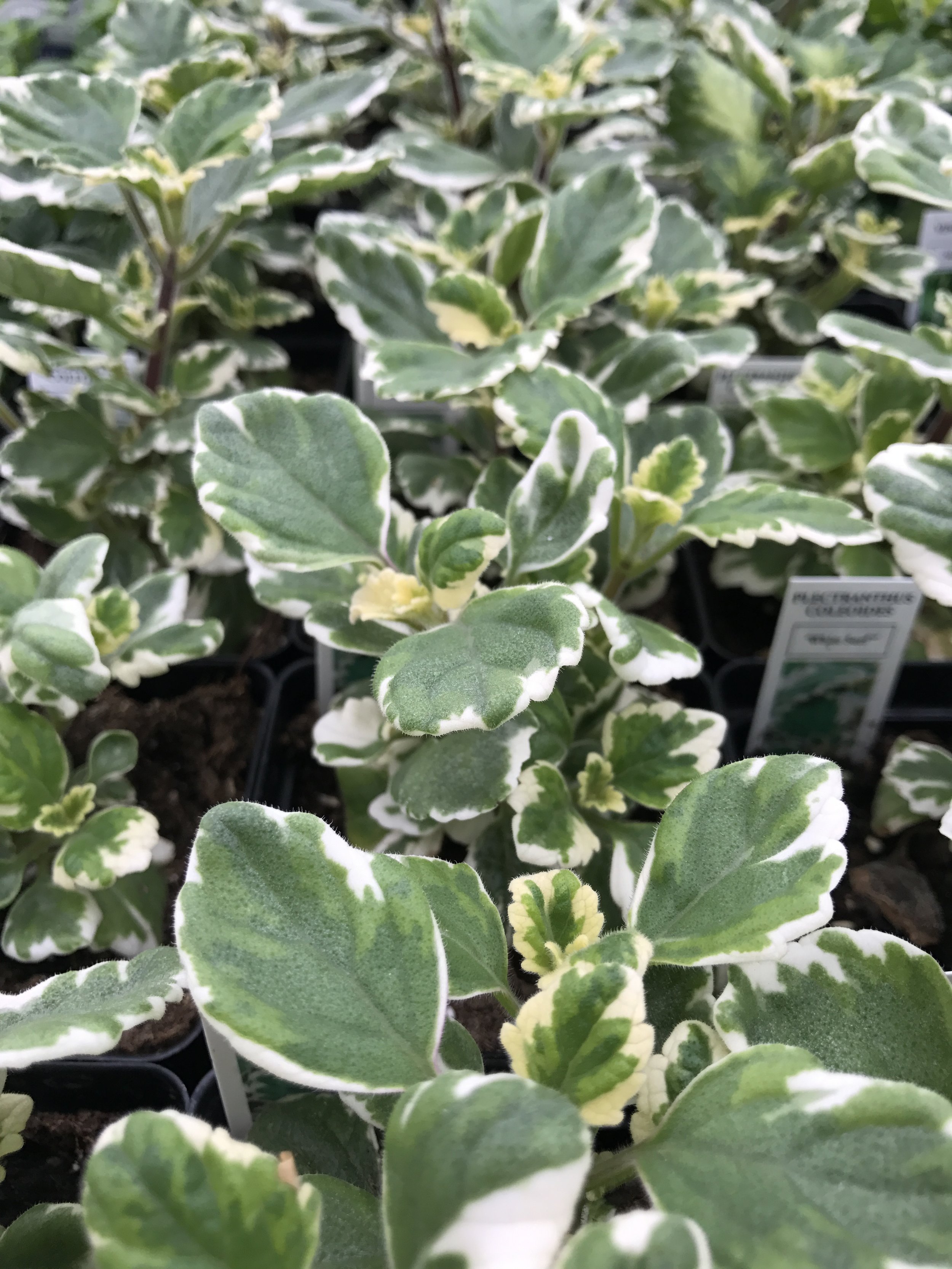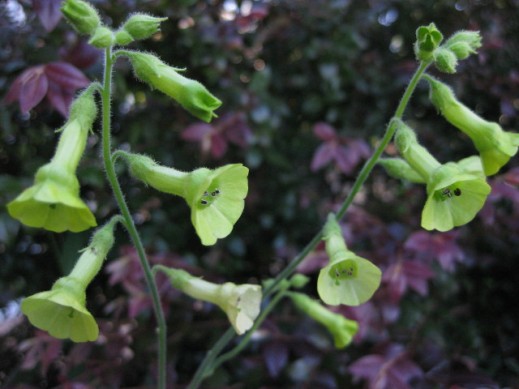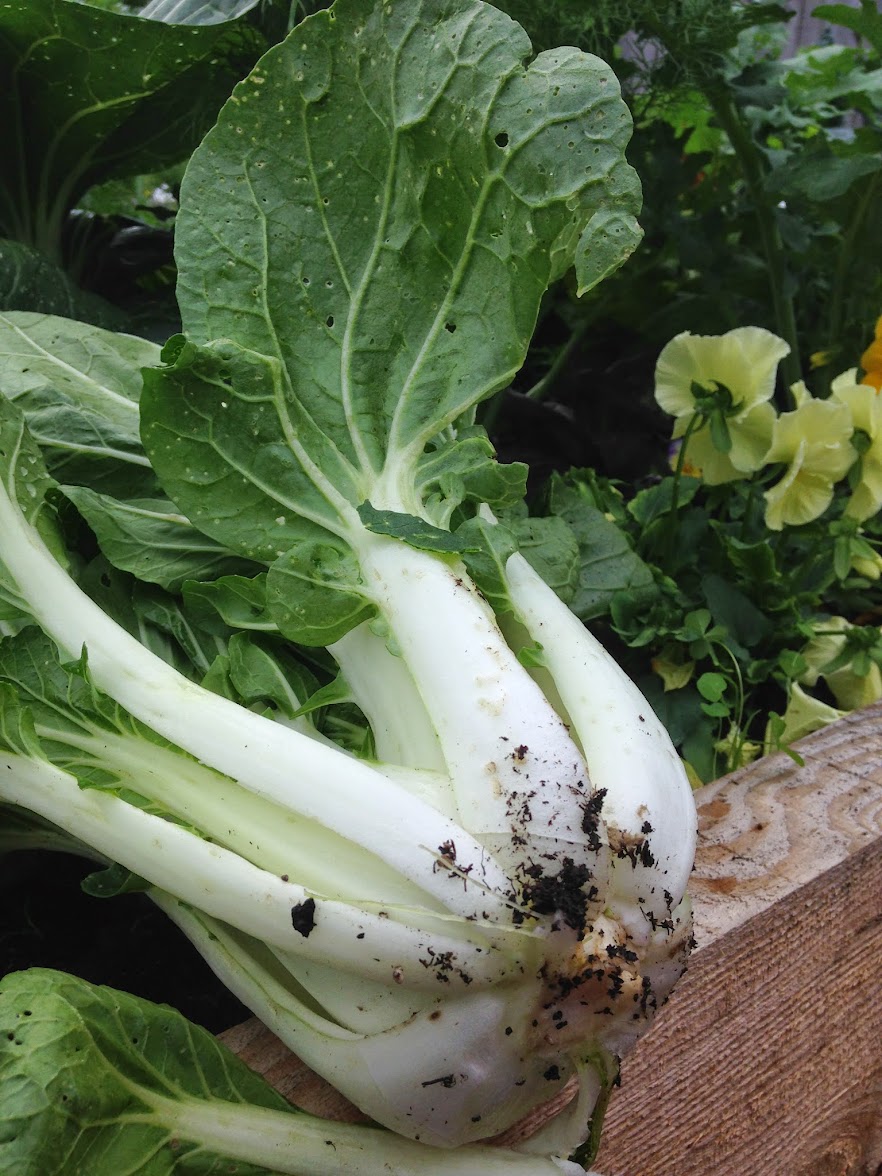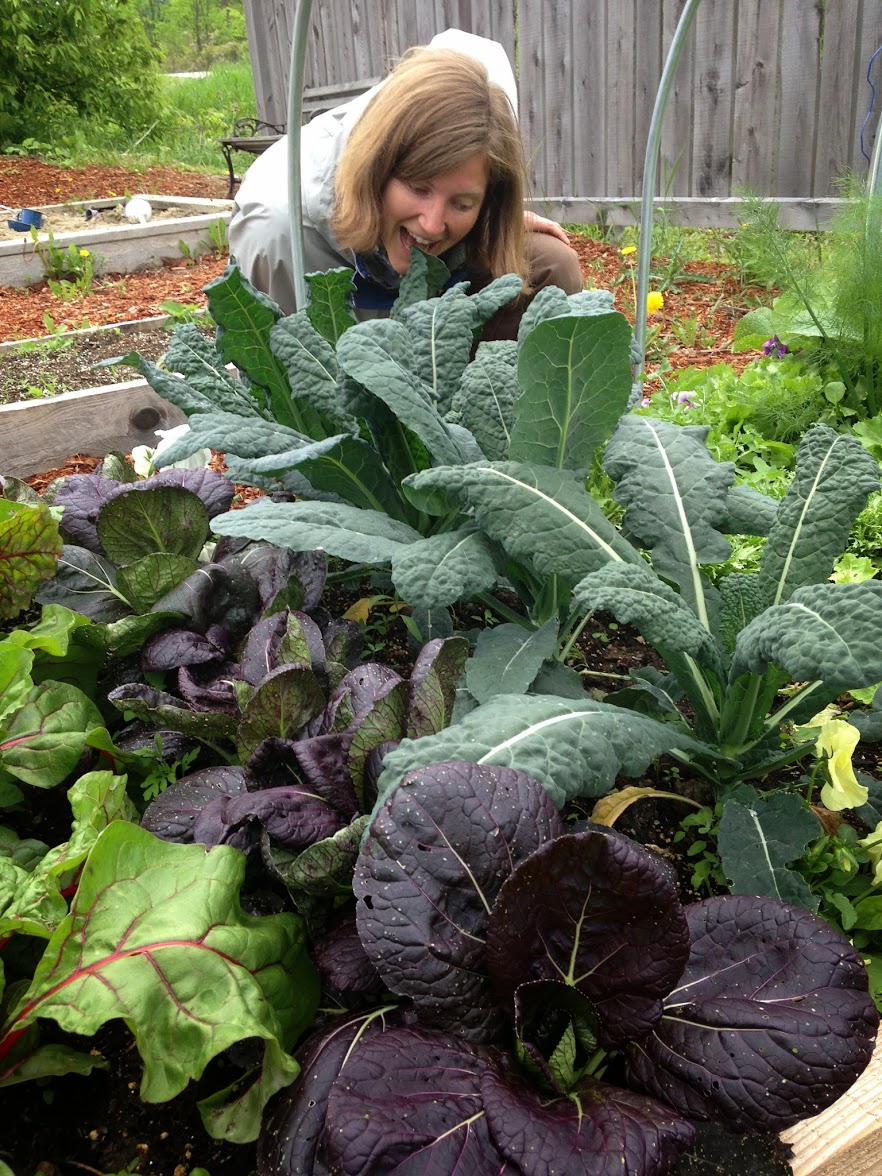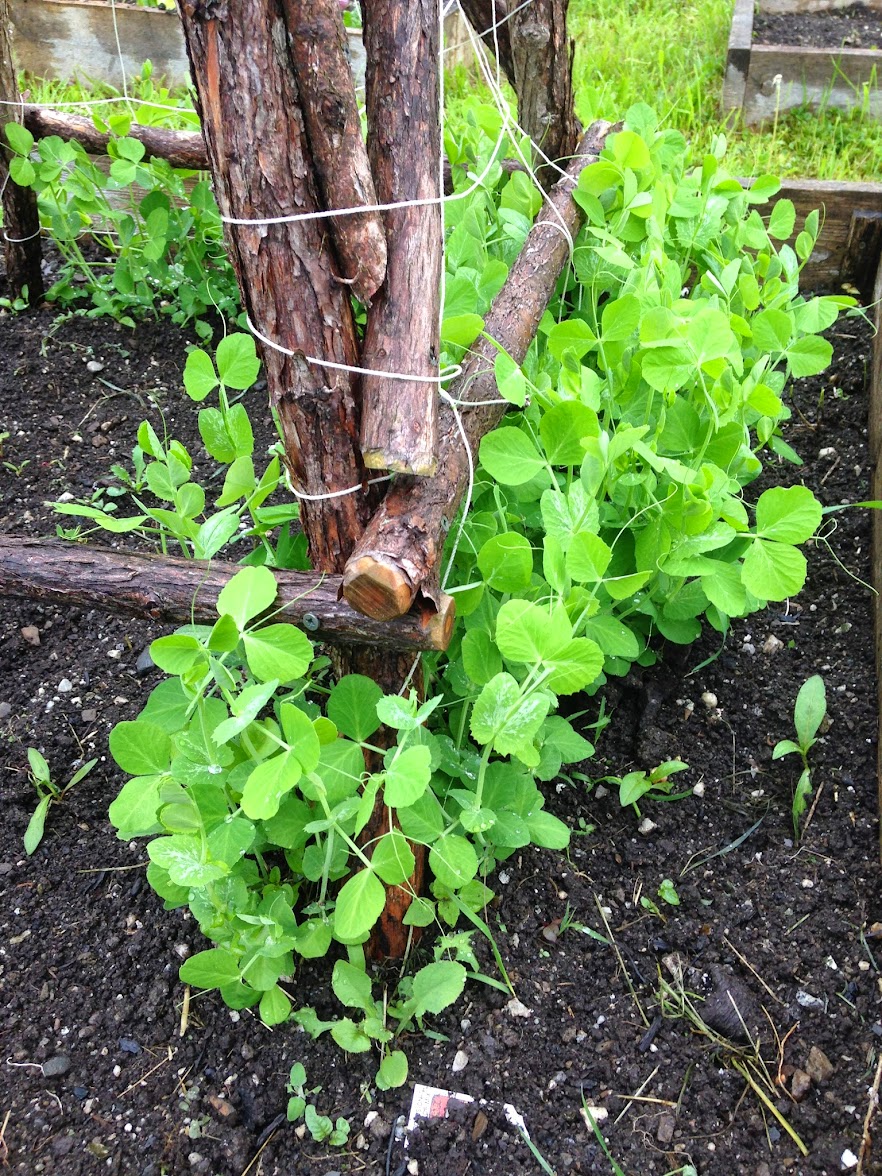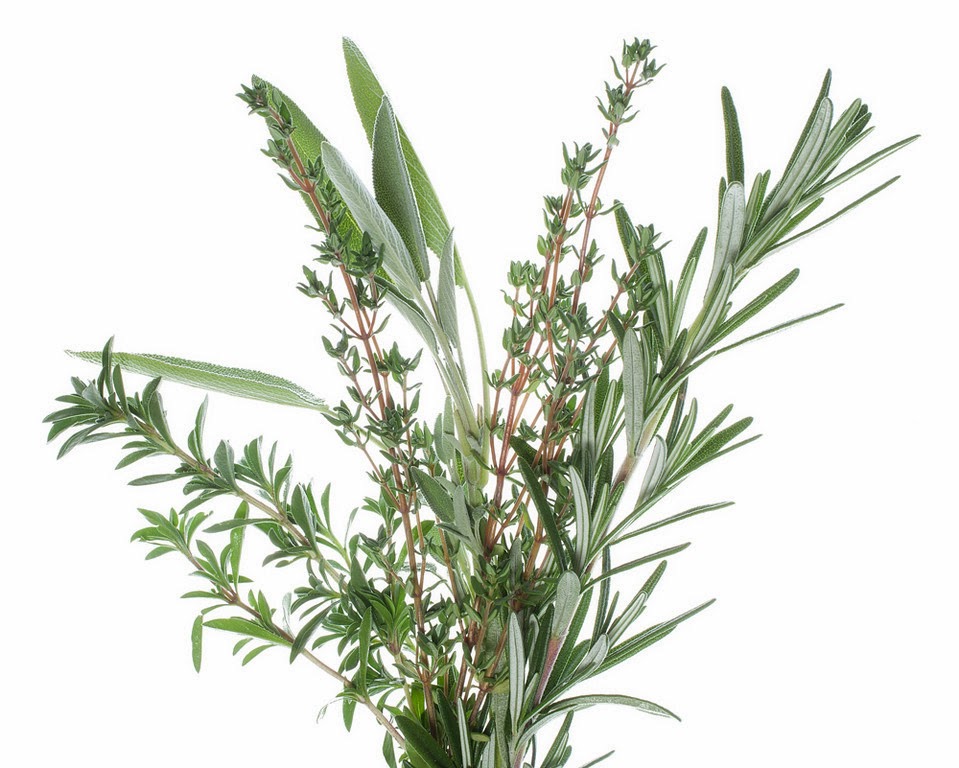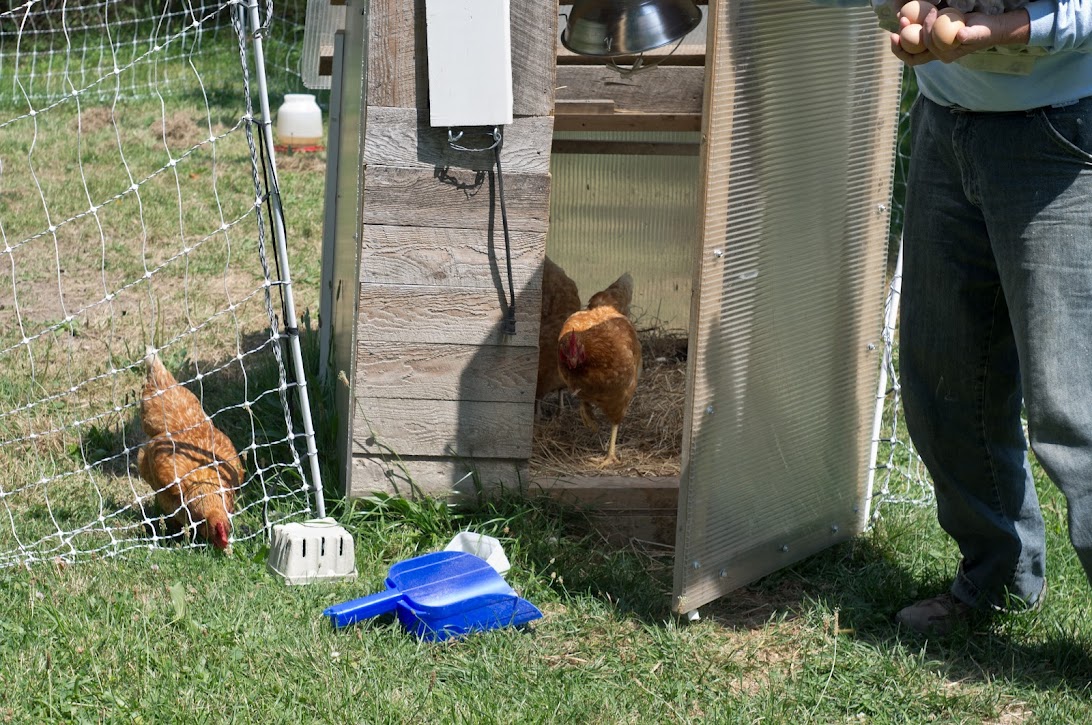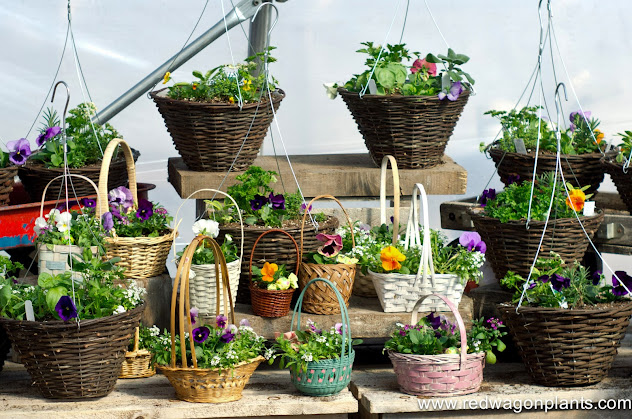We are having fun teaching gardening workshops as webinars, and creating beautiful workspaces in each greenhouse. But we miss you!
Hi gardening friends,
Under normal circumstances, yesterday would have been our opening day. And instead of throwing a big annual opening day party with Caledonia Spirits cocktails and Farmers and Foragers’ food truck and Vadeboncoeur pastries, the red wagon crew cracked open a couple of bottles of wine at lunch, sat 10 to 20 feet apart. We cheered each other on. It was the closest we have come to a group lunch, usually the highlight of our days, in over a month. Our crew is just incredible and we have been working safely and extra hard to get plants to you this year. The online store is a big success and the curbside pick ups and home deliveries have been smooth for the most part. Please give Jayson a giant thumbs up as he helps get plants to your car when you come to pick up. He is new this year and has jumped in 100% to make sure our curbside pick up and delivery systems are clear to customers. If you call with a question, it is likely Jayson you are speaking with and he is answering questions like a true veteran even though it is only his second week.
As I have promised many of you, we will use the newsletter to give you updates about what is available. I update the online store every few days, so if you don’t see what you are looking for, just check back.
New this week in the online store:
organic bagged seed potatoes (bulk seed potatoes coming soon)
bundles of perennial plants that are design kits for an instant garden
artichokes, and a few other veggies (LOTS more coming soon!)
seeds (we are temporarily sold out of many varieties but getting another shipment soon)
bagged compost (potting soil is arriving next week)
gloves, tools, and gardening products, including BT for protecting brassicas from cabbage moth caterpillars.
Webinar registration - upcoming topics include Strawberries 101 and Asparagus 101.
We are so grateful for all of your support and for your increased enthusiasm in gardening.
In parting, I would like to recognize the hard work that Lily Belisle, our retail manager, has done this past month to shift our focus from a physical retail greenhouse to an online store. She has learned all kinds of new skills, taught them to all of us, and done it with a smile on her face the whole time. Here she is yesterday, picking orders in the imminent snow storm, happy as a clam. Thanks, Lily.
Thank you, Lily! And all of Team Red Wagon.
I will do another Facebook Live Stream today at 10 am.
Hope to see you then! We miss you all very much, and it is nice to connect over social media. Let us know how you are doing with your garden, tag us in garden photos, and most importantly, enjoy watching your garden unfold and grow.
Sending good thoughts,
Julie




